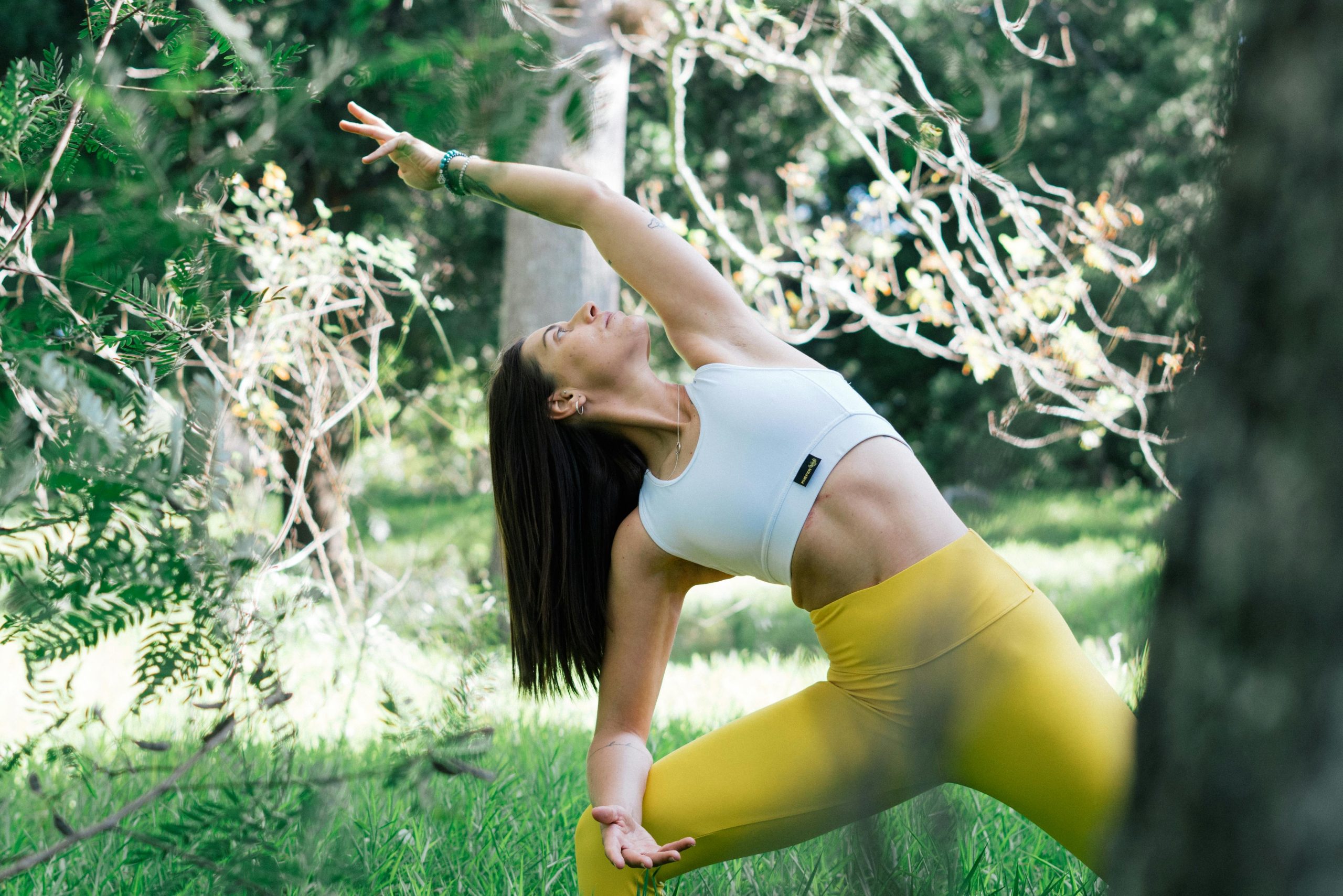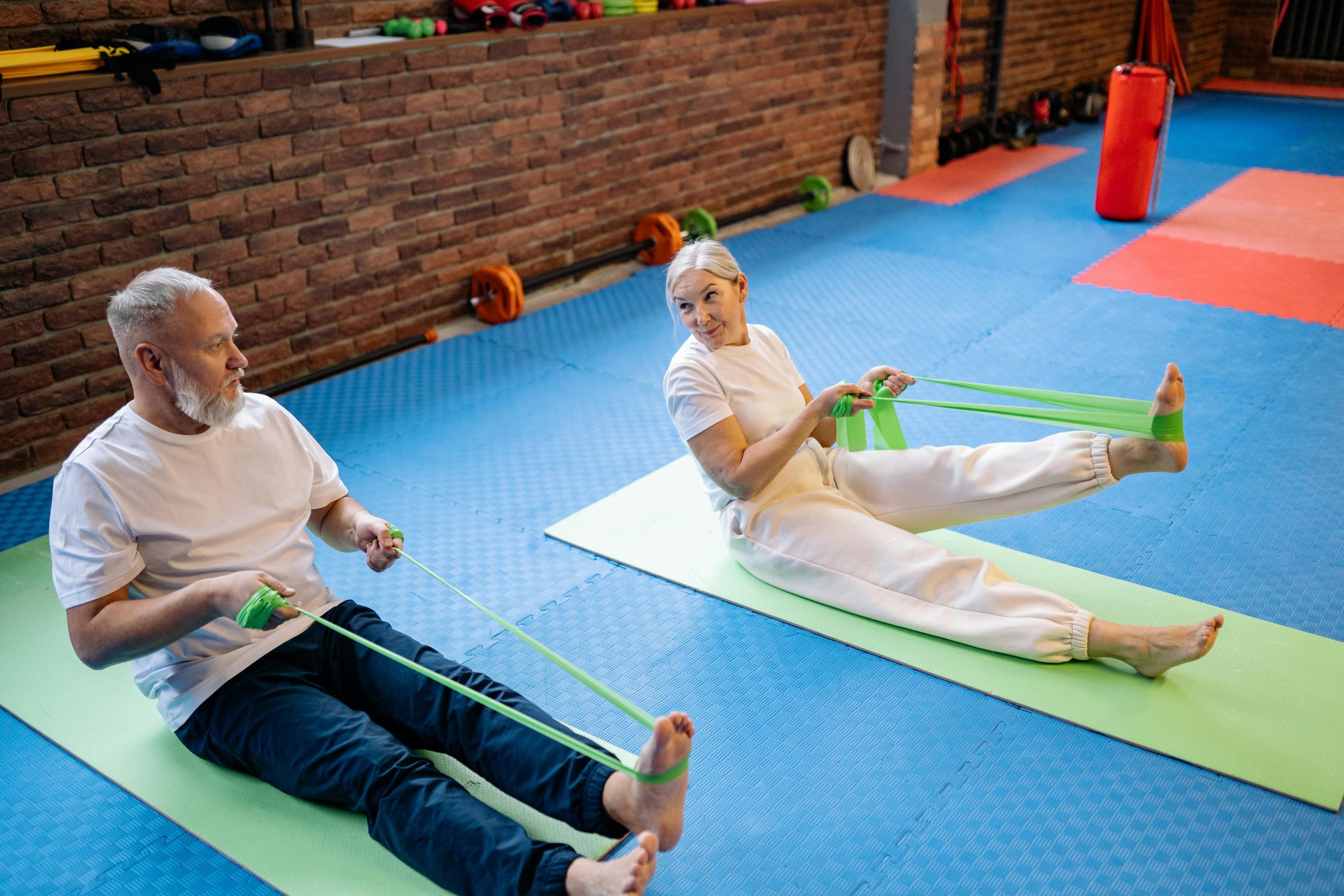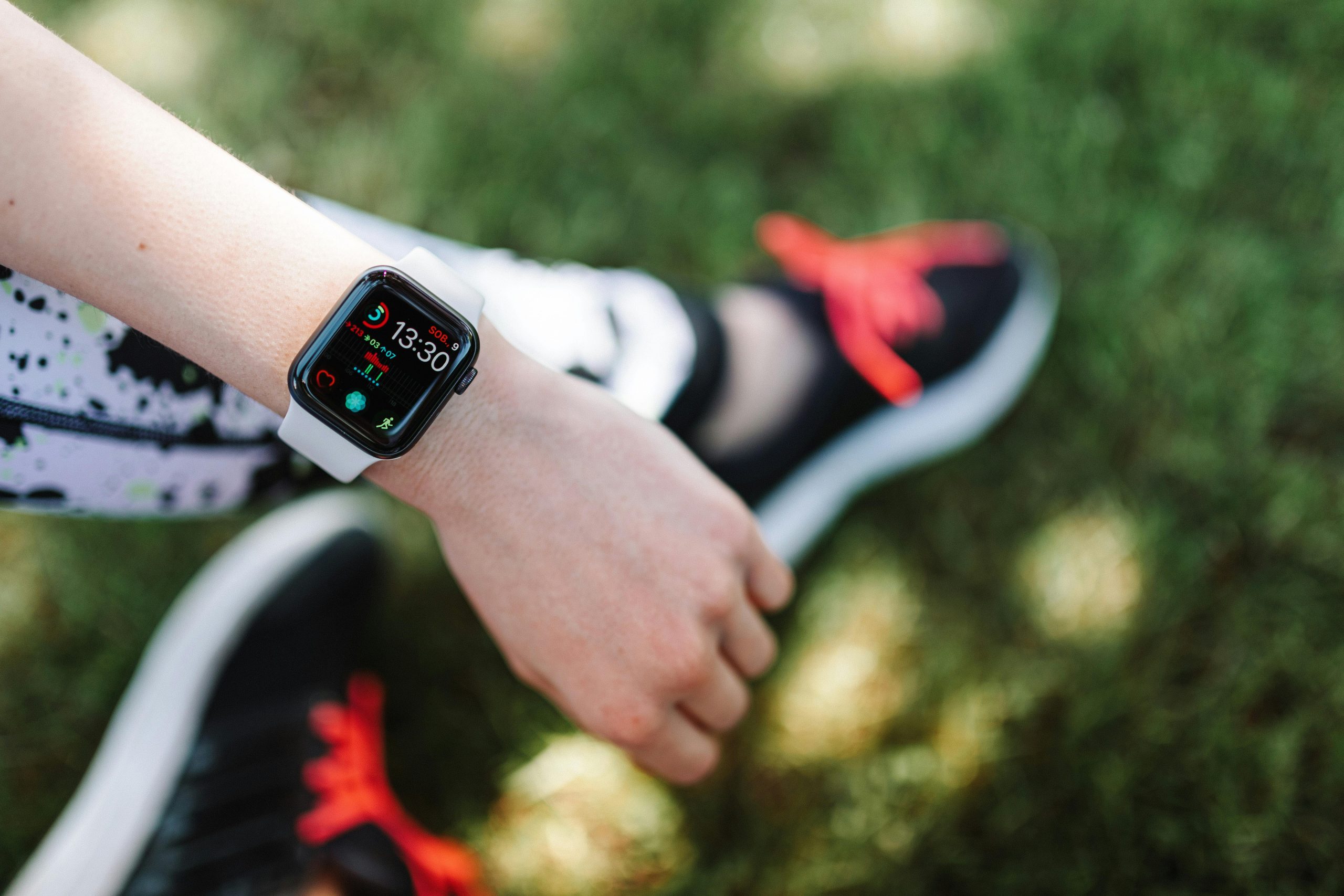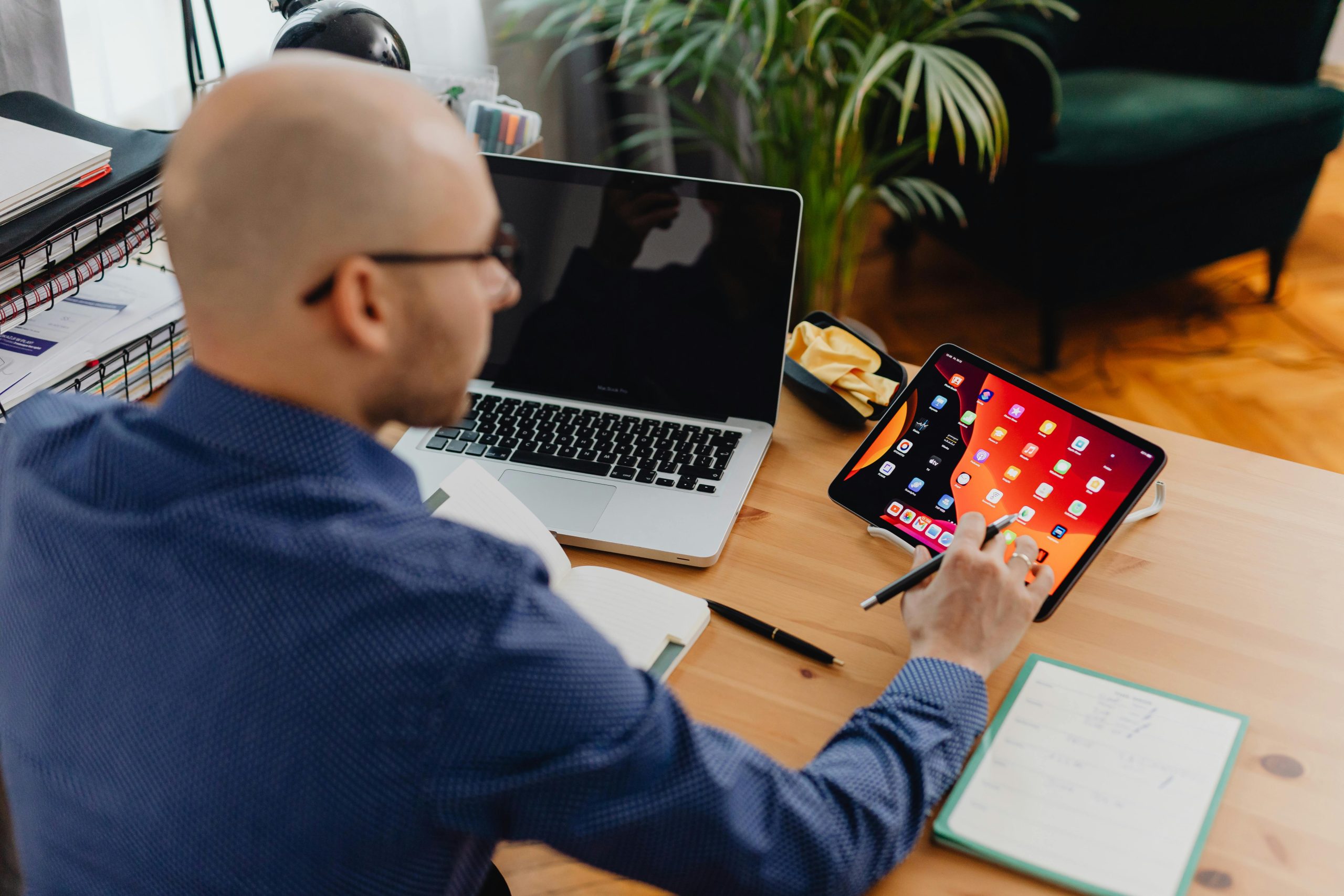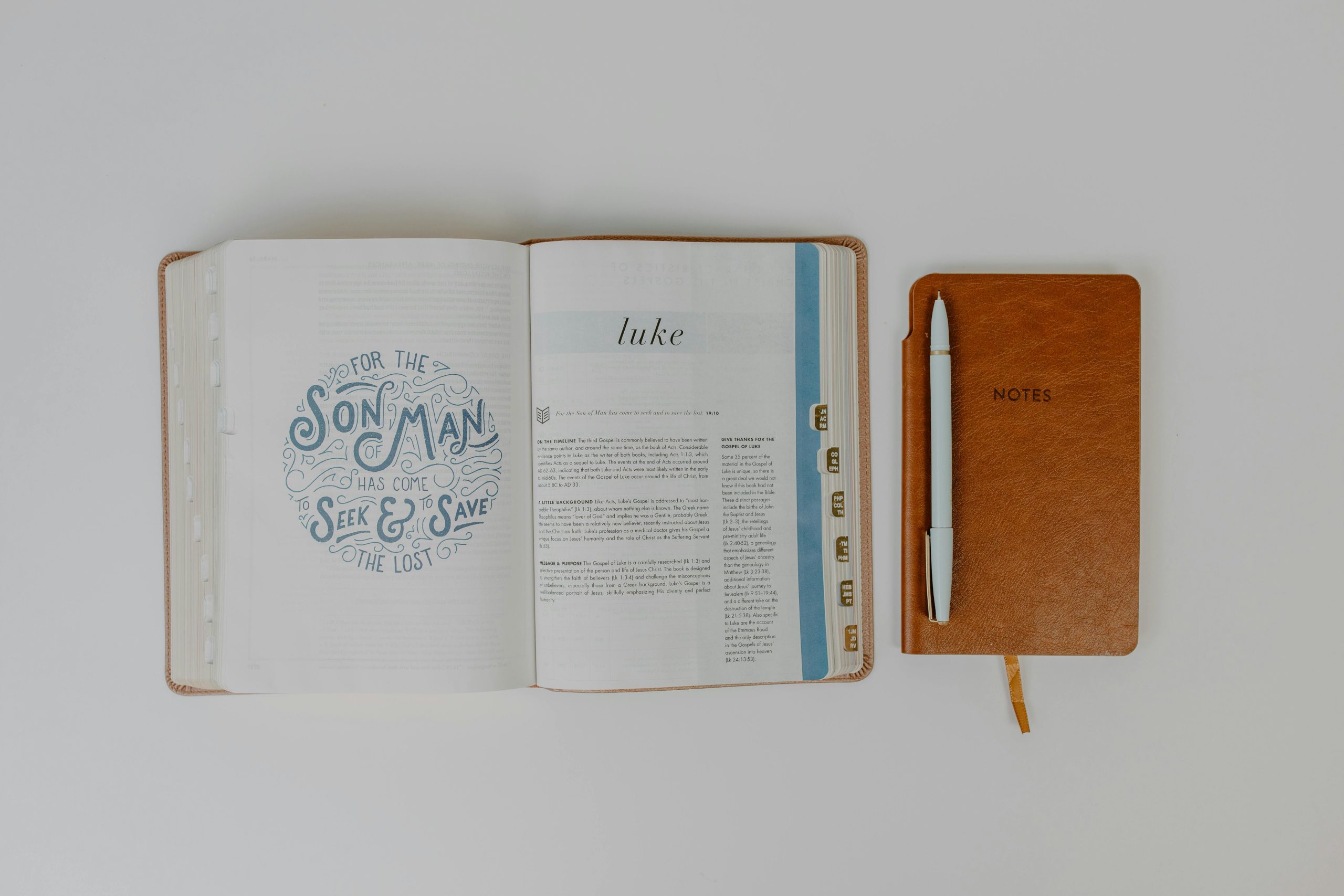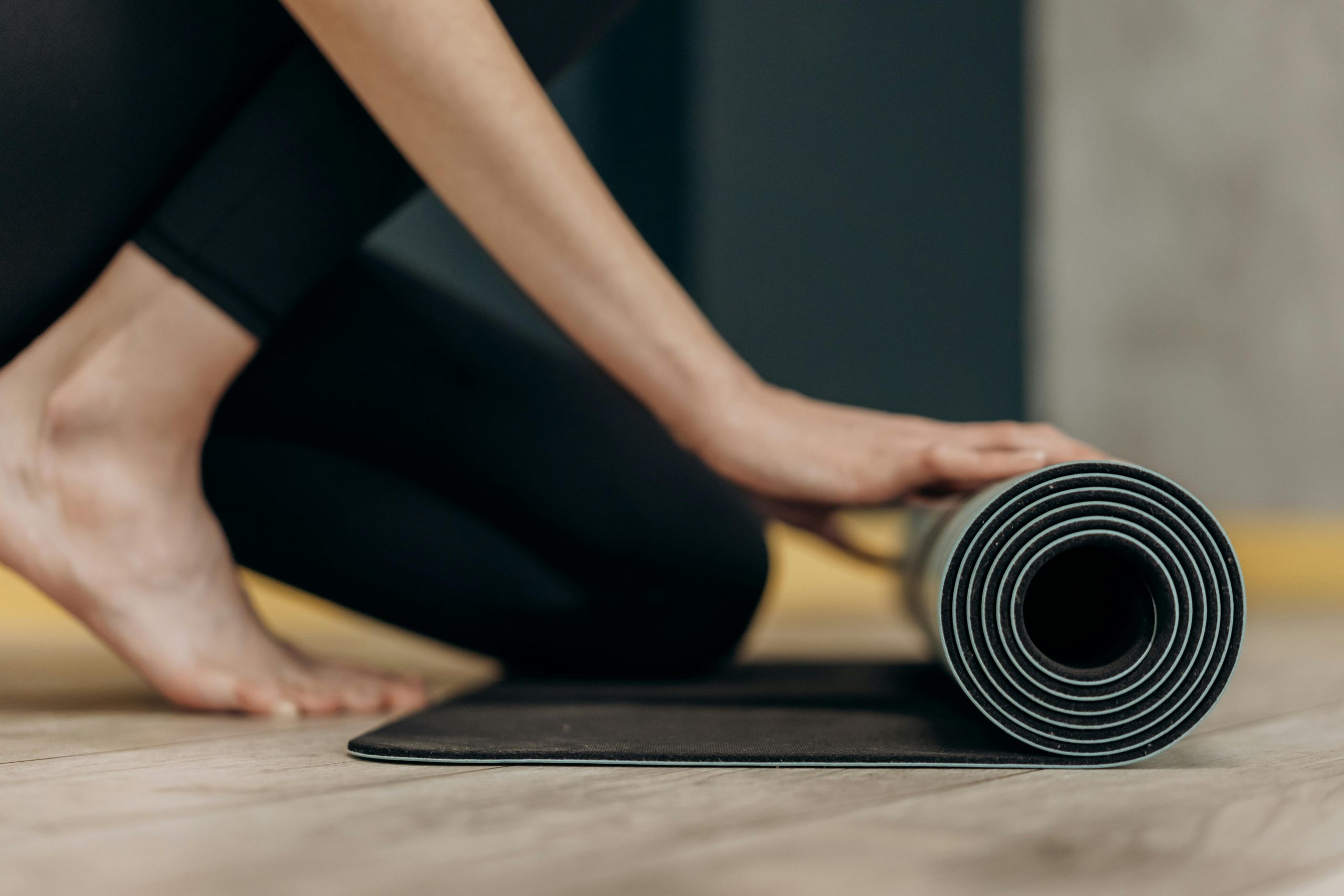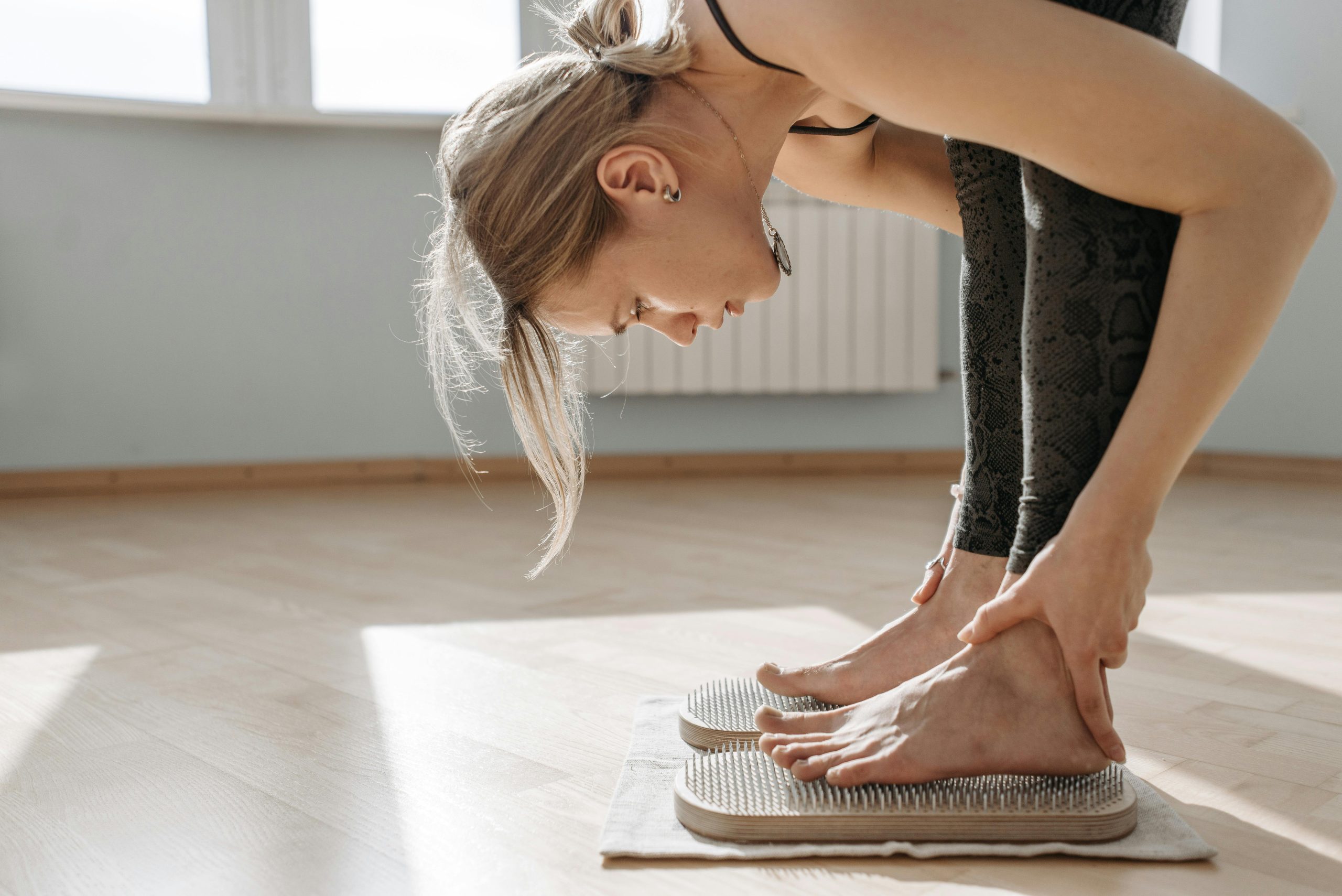What’s Inside the Ultimate Cycle Box that Can Help You
Setting out on an outdoor adventure is a chance to fully engage with the wonders of nature, but being thoroughly prepared is crucial to handle any challenges that might come your way. This guide will walk you through the essential gear needed to ensure your next outdoor excursion is safe, comfortable, and enjoyable.
Your Essential Backpack
Your most vital piece of gear for any outdoor adventure is a dependable backpack. Seek out a pack that is sturdy, comfortable for long periods, and features adjustable straps and sufficient padding.
Choose a backpack with multiple compartments to keep your gear organized. Select the size of your backpack based on the duration and demands of your trip, ensuring it’s large enough to hold all your essentials without being too bulky.
Footwear That Supports
The right footwear can significantly impact your outdoor experience. Invest in high-quality hiking boots or trail shoes that offer excellent support, traction, and protection.
Look for features like waterproofing, breathable materials, and durable soles that grip different terrains. Break in your shoes before your trip to prevent blisters and discomfort. Pack extra socks to keep your feet dry and comfortable.
Confident Navigation
Navigating unfamiliar terrain is a vital skill, and having the right tools is essential. Bring a detailed map of your route, along with a compass or GPS device to keep you on track.
Familiarize yourself with your route beforehand, and be ready to adapt to changing conditions or unexpected obstacles. Consider carrying a handheld GPS device or a smartphone app with offline maps, particularly in remote areas where cell service might be unavailable.
First Aid Essentials
A well-stocked first aid kit is crucial for handling minor injuries and emergencies. Include bandages, antiseptic wipes, pain relievers, and any personal medications you might need.
Customize your kit based on your activities and the risks of your destination. Take a basic first aid course to learn essential skills like wound care, CPR, and treating common outdoor injuries.
Hydration is Key
Staying hydrated is critical for maintaining energy, focus, and overall well-being. Bring plenty of water, along with a hydration system like a water bladder or hydration pack for easy access.
Plan your water consumption carefully, especially in hot or humid conditions, and be prepared to purify water from natural sources using a portable filter or purification tablets. Monitor your hydration levels and drink water regularly to avoid dehydration.
Dress in Layers
Wearing layers is the key to staying comfortable and prepared for changing weather conditions. Opt for clothing made from moisture-wicking and breathable materials to stay dry and comfortable.
Pack a waterproof jacket, insulated layers, and accessories like a hat and gloves. Be ready to add or remove layers to regulate your body temperature. Invest in high-quality outdoor apparel designed for specific activities and environments, and always check the weather forecast before your trip.
Emergency Shelter
In case of unexpected weather changes or emergencies, a lightweight and portable emergency shelter is essential. Options include a compact tent, bivy sack, or emergency space blanket to provide shelter from the elements.
Choose a shelter that’s easy to set up and pack away quickly. Practice assembling it before your trip to ensure you can deploy it efficiently when needed. Bring additional supplies like a lightweight tarp or groundsheet to enhance your shelter’s comfort and effectiveness.
Embrace Preparedness
By equipping yourself with these essential pieces of gear and adopting a mindset of preparedness and caution, you’ll be ready to tackle any outdoor adventure with confidence. Prioritize safety, respect your surroundings, and leave no trace as you explore the great outdoors.
With the right gear and a spirit of adventure, the possibilities for exploration are endless. So pack your bags, lace up your boots, and get ready for your next unforgettable outdoor journey!

